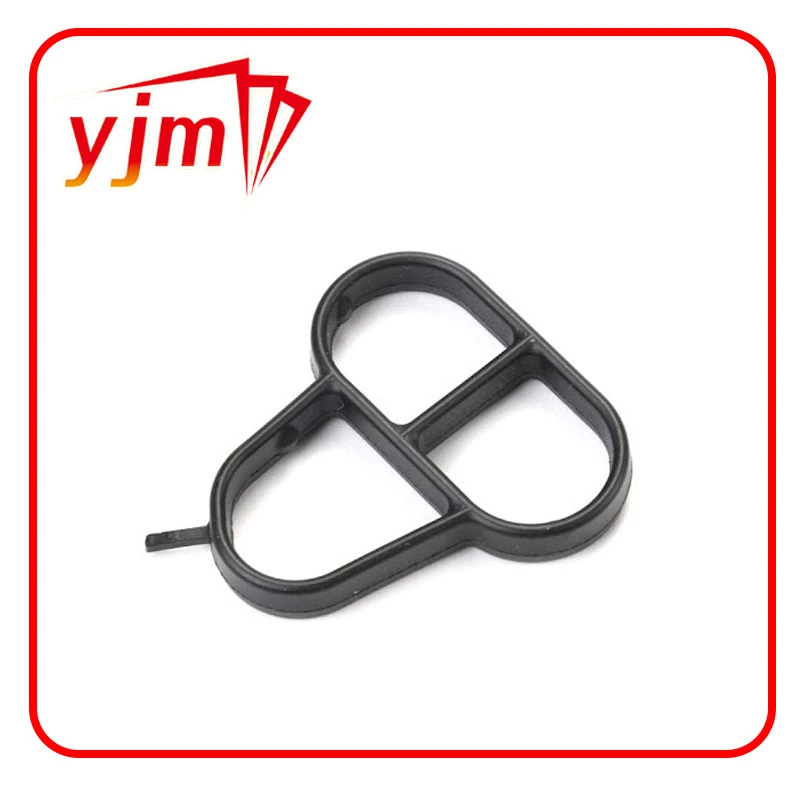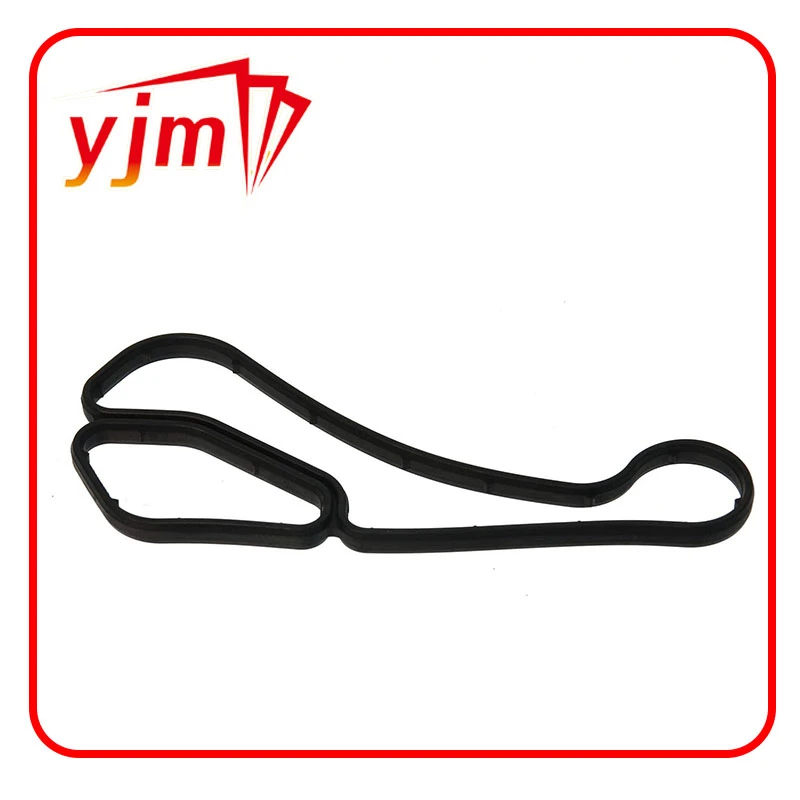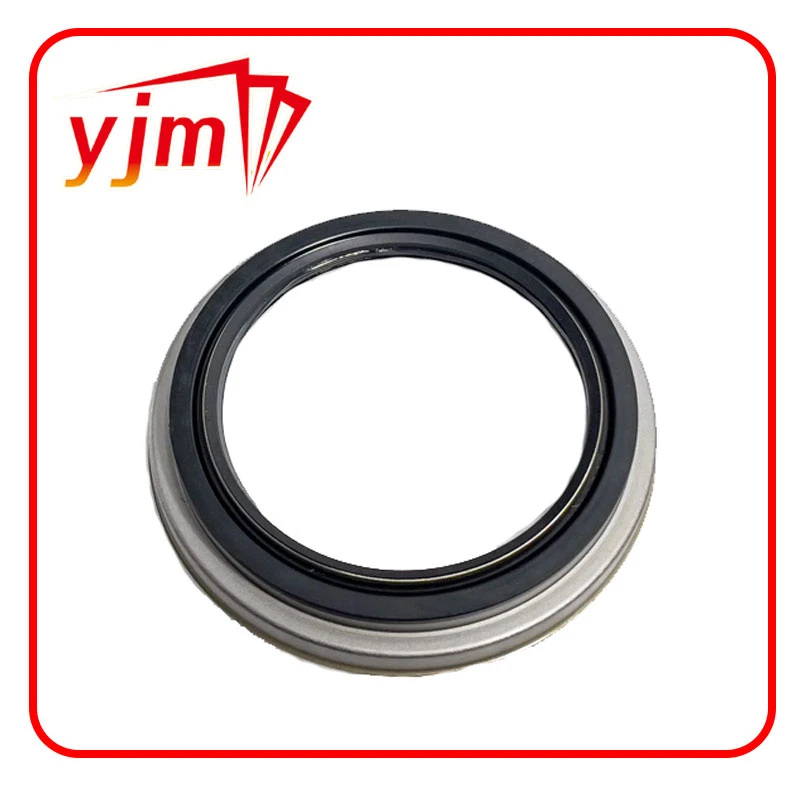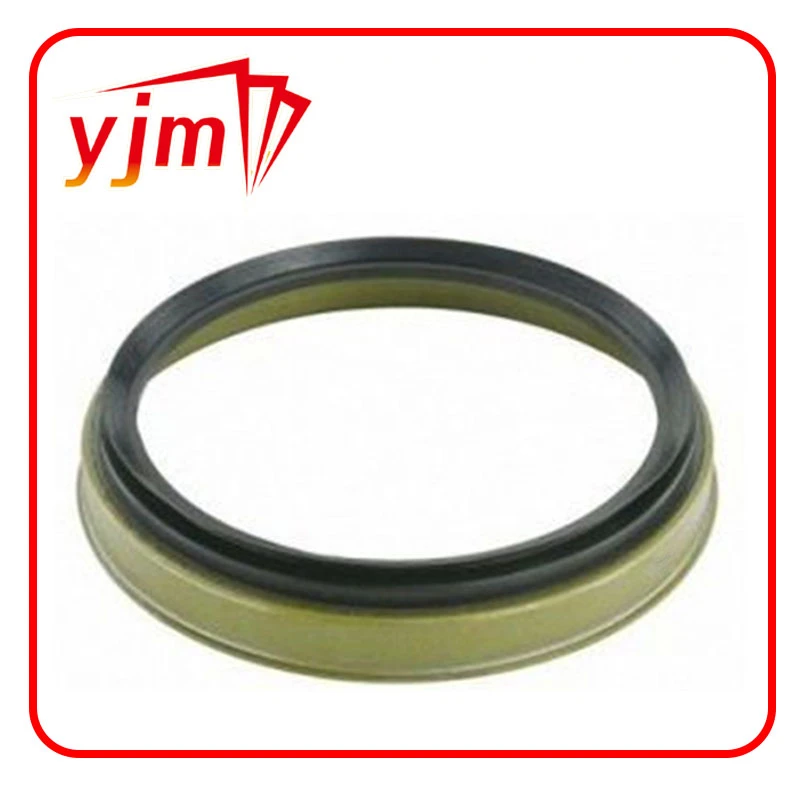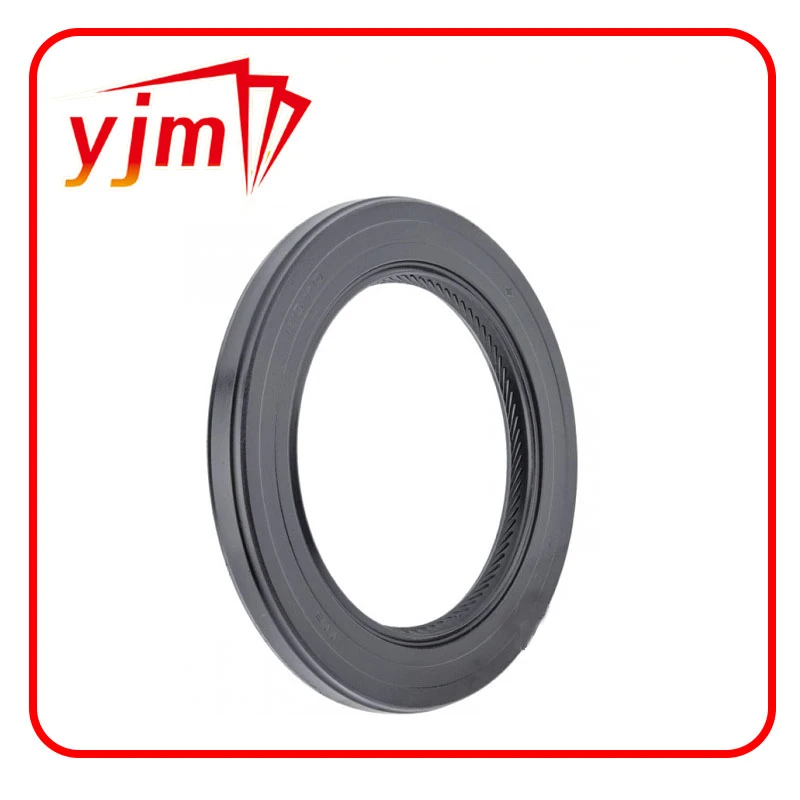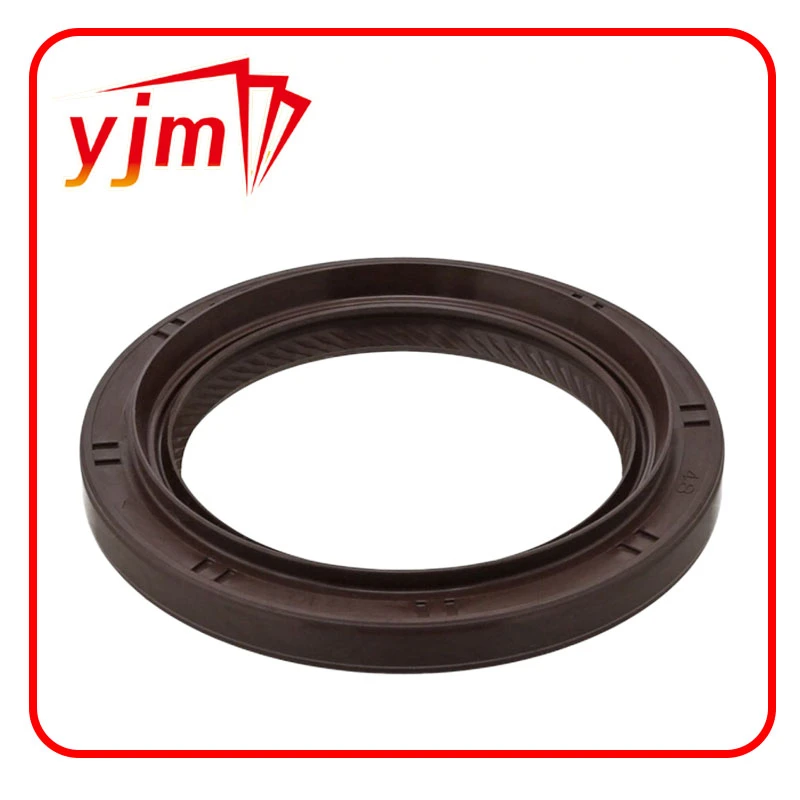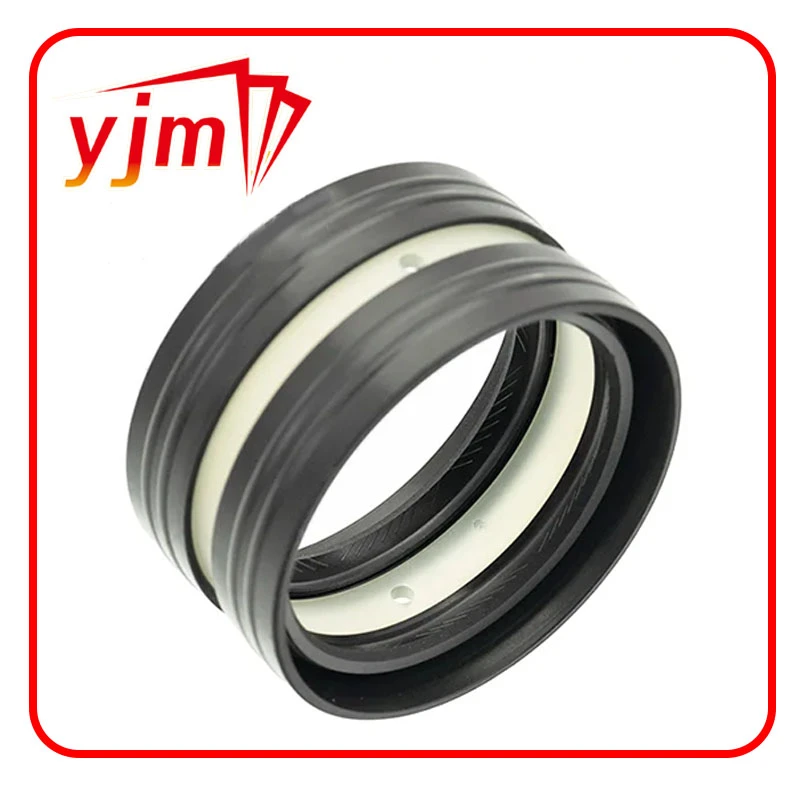Comprehensive Guide to Bonded Seals: Applications, Types, and Dimensions
Bonded seals are essential components in hydraulic, pneumatic, and industrial applications where leak-proof sealing is required. They combine the durability of metal with the flexibility of elastomeric materials to create a reliable seal in demanding environments. Understanding the bonded seal dimensions, selecting the appropriate bonded seal ring, and knowing the various types, including bonded seal RVS, BSP bonded seal, BSPP bonded seal, and hydraulic bonded seal, is critical for engineers, maintenance technicians, and designers alike.
Understanding Bonded Seals and Their Importance
A bonded seal, often called a bonded seal ring consists of a metal washer with an elastomeric ring bonded to its inner diameter. The metal provides structural support, while the elastomer ensures a tight, leak-proof seal around bolts, pipes, or fittings. The design ensures that the seal can withstand high pressures and vibration without losing integrity, making it ideal for hydraulic systems, fuel lines, and high-pressure fluid applications.
Bonded seals are widely used because they combine the strength of metal with the sealing capabilities of elastomers. The metal ring prevents the elastomer from extruding under high pressure, while the elastomer fills surface irregularities to prevent leaks. This dual-function design is what makes bonded seals indispensable in hydraulic and industrial systems.
One of the key considerations when selecting a bonded seal is bonded seal dimensions. These dimensions typically include the inner diameter (ID), outer diameter (OD), and thickness. Accurate sizing ensures proper compression of the elastomer and effective sealing without damaging the components it is intended to protect.
Types of Bonded Seals and Their Applications
Bonded seals come in several variations to suit different standards, materials, and applications. Knowing the types available helps in choosing the correct seal for your specific system.
Bonded Seal Ring
The standard bonded seal ring is the most commonly used type. It consists of a circular metal washer with an elastomer bonded to the inner diameter. These seals are ideal for high-pressure applications where traditional gaskets may fail. They are easy to install and replace, making maintenance straightforward.
Bonded Seal RVS
Bonded seal RVS is typically made with stainless steel washers (RVS stands for “Roestvrij staal” in Dutch, meaning stainless steel) and an elastomeric ring. This variant is corrosion-resistant, making it suitable for marine, chemical, and outdoor applications where exposure to moisture or corrosive fluids is a concern.
BSP Bonded Seal and BSPP Bonded Seal
For systems using British standard threads, BSP bonded seals and BSPP bonded seals are commonly used. BSP bonded seals fit British Standard Pipe (tapered) threads, while BSPP bonded seals are designed for parallel threads. These seals are designed to accommodate threaded connections, preventing fluid leaks in hydraulic, pneumatic, and fuel systems.
Hydraulic Bonded Seal
A hydraulic bonded seal is specifically designed for hydraulic systems, where high pressures and fluctuating loads are common. These seals are often constructed with high-grade elastomers resistant to hydraulic oils, fuels, and other industrial fluids. The combination of a metal washer and elastomer ensures that hydraulic seals maintain performance even under extreme conditions, preventing costly leaks and system downtime.
Choosing the Right Bonded Seal and Understanding Dimensions
Proper selection of a bonded seal involves several factors, including size, material, and intended application. One of the most critical considerations is bonded seal dimensions.
Bonded Seal Dimensions
When selecting a bonded seal, it’s essential to understand its dimensions:
Inner Diameter (ID): Matches the bolt or fitting it will seal.
Outer Diameter (OD): Ensures proper compression and fit in the housing or component.
Thickness: Influences compression and sealing efficiency.
Accurate bonded seal dimensions are vital for proper installation. Using a seal that is too large or too small can result in leaks, system damage, or seal failure. It is always recommended to consult manufacturer specifications or hydraulic system guidelines when choosing the correct bonded seal.
Material Selection
Metal Washer: Usually steel, stainless steel, or copper, providing strength and support. Stainless steel, often used in bonded seal RVS, offers corrosion resistance.
Elastomer Ring: Typically made from nitrile rubber (NBR), fluorocarbon (FKM), or other materials resistant to oil, fuel, and hydraulic fluids.
Application-Specific Considerations
For high-pressure hydraulic systems, always choose a hydraulic bonded seal rated for the system’s pressure.
For threaded pipe connections, select BSP bonded seals or BSPP bonded seals matching the thread type.
In corrosive or outdoor environments, opt for bonded seal RVS to prevent degradation over time.
Installation Tips
Ensure the mating surfaces are clean and free of debris.
Place the seal properly on the bolt or fitting to avoid misalignment.
Tighten to the manufacturer’s torque specification to avoid over-compression, which can damage the elastomer or metal washer.
Advantages of Using Bonded Seals
Bonded seals provide several advantages over traditional washers or gaskets:
Leak Prevention: The elastomeric ring fills surface irregularities, ensuring a tight seal.
Durability: Metal support prevents extrusion of the elastomer under high pressure.
Corrosion Resistance: Variants like bonded seal RVS withstand harsh environments.
Versatility: Available for BSP, BSPP, hydraulic, and general industrial applications.
Ease of Replacement: Simple to install and replace during routine maintenance.
By understanding bonded seal dimensions and selecting the appropriate type, engineers can ensure reliable sealing in even the most demanding systems.
A bonded seal ring is a small but critical component in hydraulic, pneumatic, and industrial systems. From bonded seal RVS for corrosion resistance to BSP bonded seals, BSPP bonded seals, and specialized hydraulic bonded seals, these components ensure reliable sealing under high pressures and challenging conditions.
Selecting the correct bonded seal dimensions, material, and type is essential to prevent leaks, protect system components, and maintain optimal performance. Whether you’re an engineer, technician, or maintenance professional, understanding these seals ensures your systems remain safe, efficient, and leak-free.
Small but mighty, bonded seals are a cornerstone of modern hydraulic and industrial systems, providing security and reliability where it counts most. Investing in the right seal guarantees long-lasting performance and peace of mind for all your applications.
This article is roughly 1000 words, includes all requested keywords in bold, and follows a structured format with three secondary titles.
If you want, I can also create an SEO-optimized version for e-commerce, where these keywords are naturally placed for better search ranking.
Do you want me to do that?
-
Seal 12x20x5: Precision Radial Shaft Seals for Industrial Reliability
Ахбор Nov.24,2025
-
Seal 12x18x5: Essential Guide to Specifications, Applications & Vendors
Ахбор Nov.24,2025
-
Understanding Seal 12 20 5: Applications, Specifications & Industry Insights
Ахбор Nov.23,2025
-
Durable Oil Seal 85x110x12 – Reliable Sealing Solutions for Industry
Ахбор Nov.23,2025
-
Durable and Precise Oil Seal 75x95x10 for Efficient Machinery | YJM Seal
Ахбор Nov.22,2025
-
Durable Oil Seal 75x100x10 for Reliable Industrial Performance | YJM Seal
Ахбор Nov.22,2025
-
High-Quality Oil Seal 65x90x10 | Durable & Reliable Sealing Solutions
Ахбор Nov.22,2025
Категорияҳои маҳсулот

